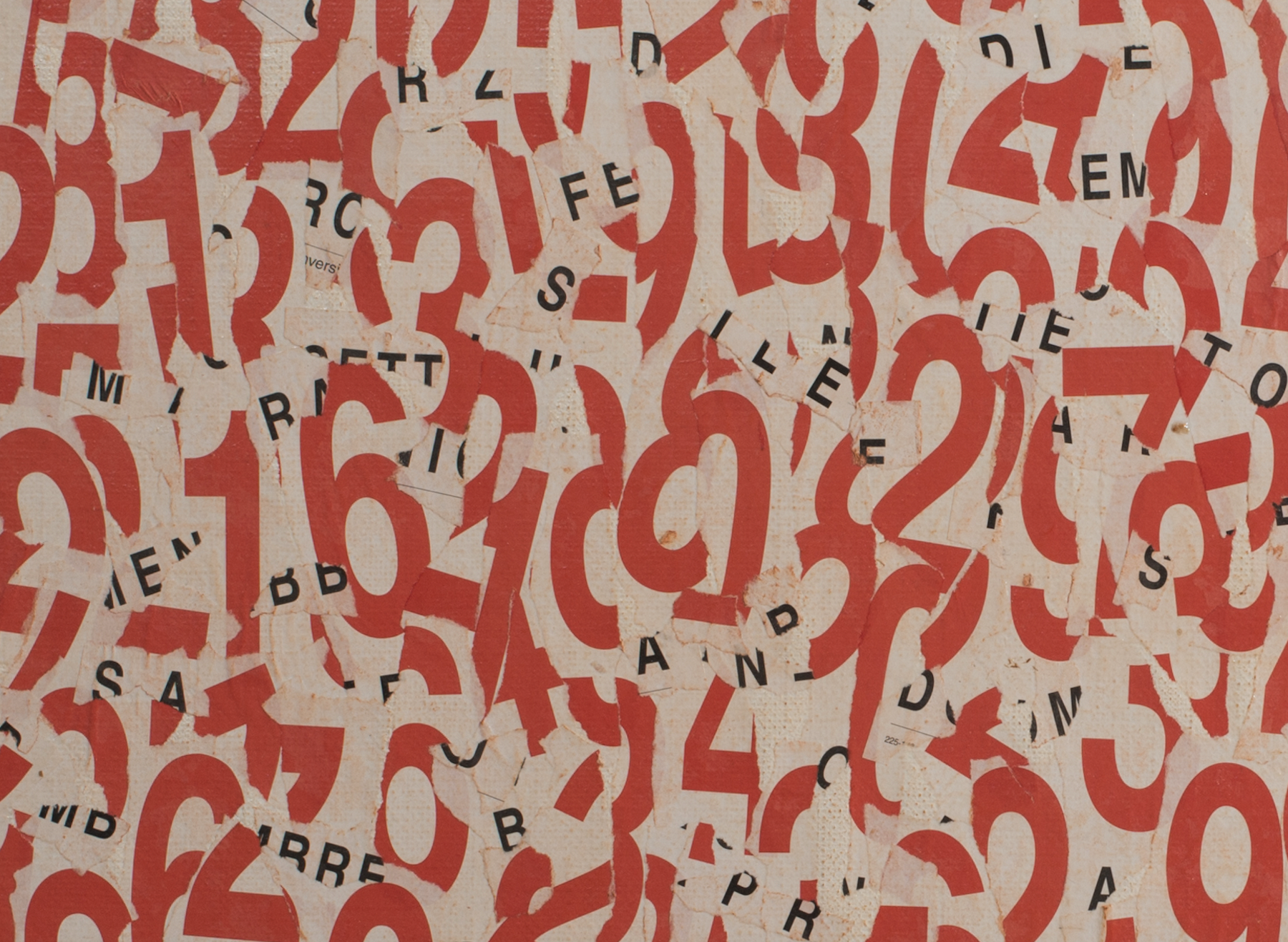RAOUL SCHULTZ (1931-1971)
ARTISTA PER ATTITUDINE
Opening 1/04/2025 h 12:00
2/04 > 22/05/2025
NP ArtLab in collaboration with Archivio Raoul Schultz
Corso Monforte 23
Milan
Tuesday-Friday 12:00 > 19:00
or by appointment
More info:
info@npartlab.com
ARTISTA PER ATTITUDINE
Opening 1/04/2025 h 12:00
2/04 > 22/05/2025
NP ArtLab in collaboration with Archivio Raoul Schultz
Corso Monforte 23
Milan
Tuesday-Friday 12:00 > 19:00
or by appointment
More info:
info@npartlab.com
NP ArtLab presents ‘Raoul Schultz. Artist by Attitude', an exhibition dedicated to the multifaceted artist who had a short artistic career in Venice due to his untimely death in 1971. In the 1950s and 1960s, his artistic practice changed rapidly: from a figurative painting that then evolved into the spatialist abstraction typical of the masters of the time such as Vedova, Guidi and Tancredi (with whom he shared a studio for a period), to a more conceptual vision that was certainly developed by his great interest in the new international artistic scenarios. For this reason he did not receive the recognition he deserved and was only later rediscovered in the 1980s, for example, with the Naviglio Gallery exhibition in 1988.
Schultz was a painter, illustrator, set designer and graphic designer, and collaborated with director Tinto Brass in the film Chi lavora è perduto (1963). He also frequented the world of comics, collaborating with the famous Hugo Pratt.
This exhibition is part of a period of rediscovery and appreciation of the artist whose retrospective exhibition entitled Raoul Schultz. Works 1953-1970, curated by Stefano Cecchetto and Elisabetta Barisoni, hosted in the prestigious venue of Ca' Pesaro in Venice.
A text by Stefano Cecchetto accompanies the exhibition.
Genius, creative, irreverent, ironic, the figure of Raoul Schultz can be placed in that part of the 20th century that developed painting as a fragmentary language, deliberately aimed at a transgressive impulse.
The different periods that make up the work of this artist are dominated by a light of intellect and redeemed by the lyricism of a pure formal happiness. In each of his cycles of expression: from Curved Perspectives to Projects from Leonaresque drawings, from Calendars to Anonymous Letters, from Comics to Meter Painting, and finally to Toponomastics, all of his research aims at the dazzling enchantment of the momentary, at a personal abstraction from fashions or stylistic currents for the definition of a thought that filters the everyday and moves it out of the ordinary.
This annexing of the work to the development of a serial conception allows Schultz to go deep into the concepts he intends to analyse; in doing so, the ‘series’ becomes a simultaneous progression within which the coexistence of parallel orders and levels is evident. After all, each series expands and concludes within a cycle that the artist himself determines within a pre-established period.
The many departures that characterise Schultz's artistic journey are due to his constant search for a distinct form, aimed at giving his painting not the mere variant of an expressive tone, but the concrete reality of an inner point of view: in Schultz's work, every space inhabited by the sign is a space of the soul.
This is why the suggestions of a tempus fugit take shape in the heart-rending poetics of his Calendars, and it is here that the artist suggests the unconscious premonition of his premature end. In the spasmodic succession of days ‘torn’ from the calendar - and consequently also from life itself - the artist stages the restlessness of uncertainty; time thus becomes a source of continual investigation, or rather one of the fundamental themes around which almost all of his 1960s production revolves.
Raoul Schultz's fate was therefore that of inevitably missing his own destiny, and to overturn this omen there remained only one possibility: that of representing it, telling the many stories that run through the dialogue between man and himself, between thought and thoughts, between the artist and his art.
Stefano Cecchetto





